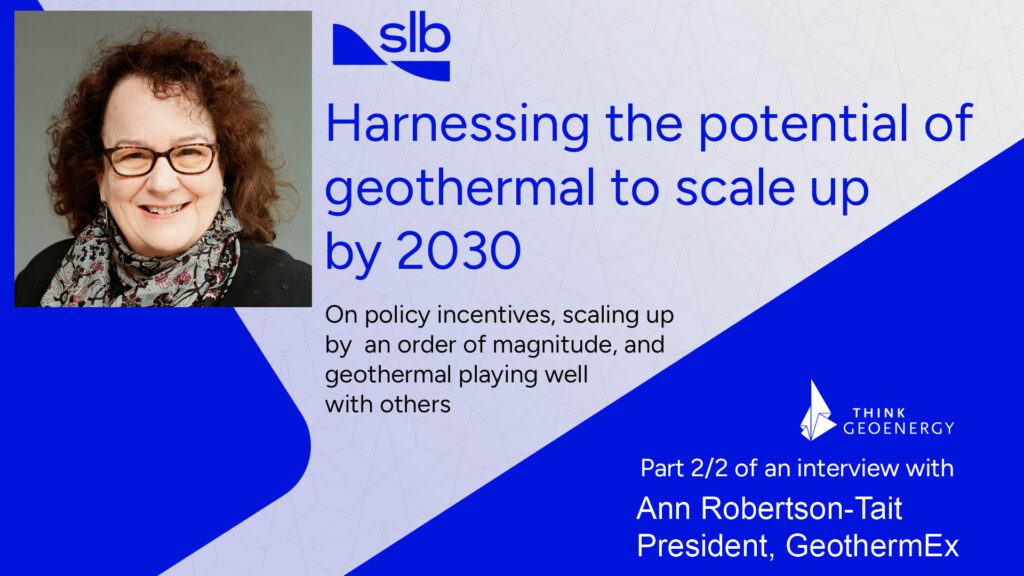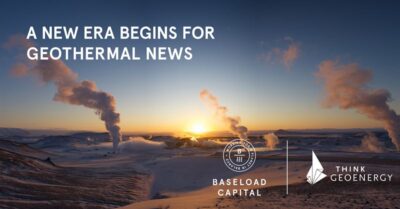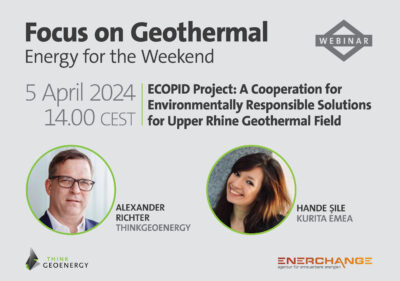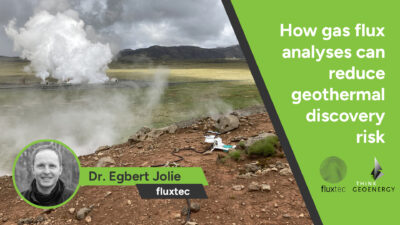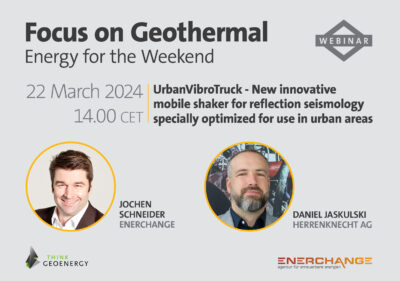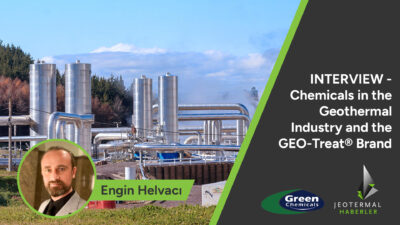Interview – Harnessing the potential of geothermal to scale up by 2030
In the second part of our interview with Ann Robertson-Tait of SLB’s GeothermEx™, we discuss how the geothermal sector will achieve scale-up targets by 2030.
As part of the wider renewable energy sector, geothermal has set ambitious targets for scaling up by the end the decade. There is wide recognition that this will take monumental effort in terms of technology advancement, financing, and policy.
In the second part of our interview with Ann Robertson-Tait, president of SLB’s GeothermEx™ geothermal consulting services, we discuss the growth targets of the geothermal sector, where that growth will happen, and what it will take for installed geothermal capacity to achieve an order of magnitude in growth in the next 10 years.
Read the first part of this interview here.
One of the new goals set to at the COP28 is to triple the global renewables capacity by 2030. What can SLB or GeothermEx contribute to attaining this goal of scaling up?
One of the most important things we can do is decarbonize heating, and our Celsius Energy startup speaks directly to that. As a society, we routinely burn fossil fuels at about 1000°C to heat our homes at about 22°C. This is inherently wasteful and it comes with a price tag of emissions. Depending on where you are, somewhere between 30% to 70% of primary energy is spent on heating and cooling. This presents a massive decarbonization opportunity, one reason why geothermal heating and cooling is growing and will continue to grow rapidly.
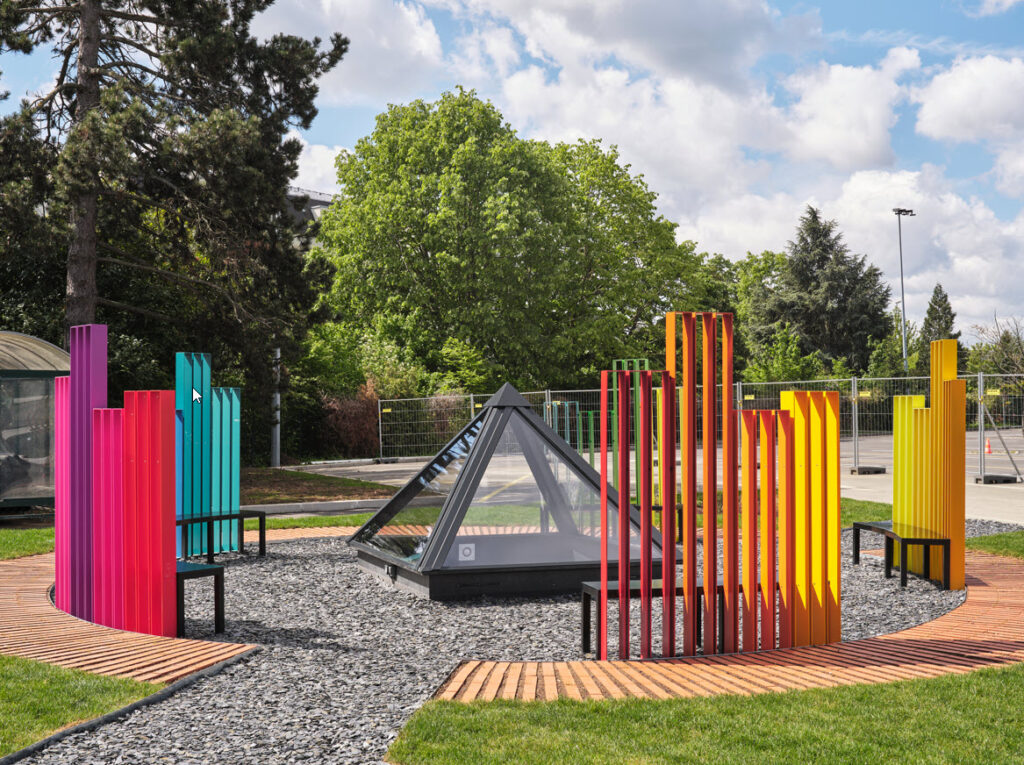
In addition, we have a lot more conventional geothermal resources to develop all around the world, including from deep sedimentary basins. And we have the unconventional resources, as well. We are going to see large growth in geothermal power of three types— conventional, enhanced geothermal systems (EGS), and advanced geothermal systems (AGS). I’m particularly keen on EGS, but GeothermEx is enthusiastically involved with all three.
Although it’s not geothermal, I think it’s important that we move forward quickly with Carbon Capture and Storage. This is one of the pillars of SLB’s New Energy Division. It is critically important for us to decarbonize the atmosphere by getting carbon emissions out of the air and into the ground.
I’m proud to say that there are numerous initiatives around the world for direct air capture of CO2 in the atmosphere. GeothermEx is thrilled to be involved in the California Direct Air Capture (DAC) Hub. Because some direct air capture units use low-pressure steam and heat to capture the CO2 into the DAC unit and release it from the unit into storage, we are supporting the California DAC Hub by identifying subsurface geothermal resources in the project area, which will keep the project clean and green.
There are some very interesting schemes around using CO2 as a working fluid for power generation. One of these has been named CO2 Plume Geothermal (CPG). In 2013, Professor Dr. Martin Saar at ETH Zurich came up with this idea: CO2 is stored at depth and heated by the geothermal gradient, then produced and used for power generation at the surface. Kept in a closed cycle, the CO2 is injected back into the earth to be reheated and recycled through the system over and over again. Although challenging, the idea to use sequestered CO2 to produce electricity is a pretty elegant concept.
In my view, we need more innovative ideas like this to solve the climate crisis, and since this idea was developed by Dr. Saar, several improvements to the cycle have been proposed by other researchers, and the commercial sector is interested in advancing this concept.
There are many more connections and opportunities for geothermal hybridization. I like to say that “geothermal plays well with others.” In the state of Nevada in the USA, we have solar plants beside our geothermal plants. These plants are in an arid region, with little access to water for power plant cooling. So, during the heat of the summer and without water cooling, binary power plants become less efficient. Solar power (solar PV) is routinely used to supply the parasitic load of the power plants and the power requirements for the production and injection pumps. This is a great synergy that has proved to be quite cost-effective.
One binary plant in Nevada also uses solar thermal, which makes me think about companies like RayGen in Australia. They use concentrated solar power (CSP) to heat water to temperatures that are suitable for binary power production. The hot water is stored underground (insulated and thus maintaining temperature) then used to supply a binary plant at night—effectively, an earth battery that is charged by CSP.
These hybrid uses with geothermal plus something else, or something else plus geothermal, are becoming more and more common and they “double down” on the “green-ness” of the energy. As one example, we are working on developing green hydrogen or green ammonia using geothermal-powered electrolyzers. Another is the use of geothermal heating to improve food security. Another idea: in the same way that solar PV is helping geothermal plants, onshore wind plants could be supported by geothermal power from deep sedimentary basins—for example, in the wind belt of west Texas. I’m bullish on the kind of synergies that geothermal can have with other technologies. I think the innovation that is happening right now in the geothermal space—together with other technologies—is amazing.
Despite geothermal going through a resurgence in the last few years, it remains very under-represented in the global renewable energy mix. What do you think are the biggest challenge that, if addressed, will make the biggest impact in geothermal advancement?
Even though geothermal ultimately has to stand on its own two feet, the industry right now still needs incentives. In part, incentives are needed because the impacts of fossil fuels are often not accounted for when considering the power price. In Europe, with Germany being the classic case, we have a feed-in tariff that is set for geothermal that makes it profitable to develop and operate geothermal projects. If they are EGS projects, the tariff is even higher, accounting for the additional costs.
In the US, we are seeing geothermal power prices of more than USD 100 per MWh, which is comparable with many other renewable sources, as noted by Lazard’s 2023 analysis of levelized cost of electricity (LCOE). In places where you can do conventional geothermal and EGS (one of the unconventionals) in the US, you have a good chance to get a decent price for clean power. And the value of geothermal energy as a rock-solid, resilient, indigenous source of power is increasing as the penetration of intermittent renewables increase. Furthermore, there is a huge drive for electrification, and people want clean energy, including geothermal. This is not only happening in the United States, it’s happening everywhere.
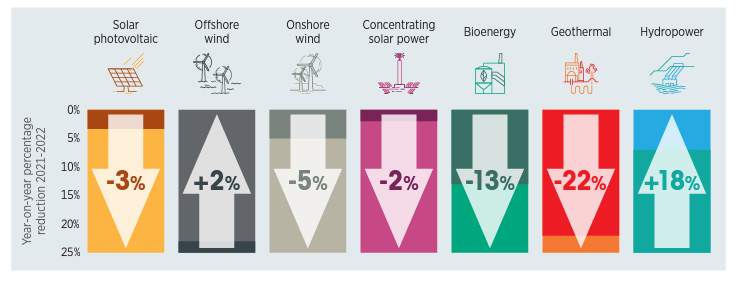
The drive for electrification includes electric vehicles. But where is all that electricity going to come from? We want clean electricity, but it can’t only be from wind and solar because of intermittency. Maybe it’s going to be natural gas with CCS, maybe it’s going to be geothermal, whether conventional or unconventional (in the form of EGS or AGS). We have to tap everything we have to decarbonize transportation, starting with our cars.
Going back to incentives, the Inflation Reduction Act in the US is really an energy bill, one that provides incentives in the form of tax credits. If you have to pay taxes for your project, the amount of tax owed is reduced through these credits. The tax reductions increase if you’re using local services, union labor and US-made products, and/or if you have a project in an area that has been historically underserved or is suffering from pollution. In addition to incentivizing clean energy projects, subsequent federal manufacturing initiatives (such as those for US-made geothermal heat pumps and solar panels) are bringing new US jobs across the country.
Community Choice Aggregators are another thing that’s happening in the US. These are municipalities or groups of cities that band together to buy clean power from a utility. The preference for clean power is quite high not only in California, but also in many other states.
The Public Utilities Commission (PUC) of California has mandated 2 GW of additional geothermal power. They don’t call it “geothermal” specifically—they call it clean, firm and renewable, and geothermal fits the bill. That mandate is driving significant geothermal growth from existing operators and new entrants into the sector. The PUC’s mandate has made it clear that they want more clean baseload energy. This is driven partly by the solar penetration in California. We have a huge amount of utility-scale and rooftop solar all over the state, and that has destabilized our power grid. That brings me back to my favorite attributes of geothermal power: it’s reliable, it’s resilient, and it’s baseload, bringing energy security to cities, states and countries.
As I said at the beginning of this interview, we have a lot more geothermal to tap. We have new technologies coming along, many of which were started by oil and gas companies. I hope they all become geothermal companies! There is certainly a lot of crossover, much more happening now than ever before. So I am hopeful for a scale-up with the oil and gas industry that will let geothermal energy become the global player that I know it can be.
What do you envision will happen to the geothermal sector in the next 10 years?
I think in 10 years, we are going to see at least an order of magnitude of increase in what we have online. There is about 17 GW of geothermal power installed today. I think 170 GW is doable. I think 100 GW of additional capacity in 10 years would be a good target, although I hope it will be higher. As I mentioned at the start of the interview, I’m a realist—perhaps a hopeful one—but if we put our minds, hearts and technology into it, we will get there. By 2050, I think we will see further growth—another order of magnitude. Why? Because in our situation, the only thing we can do now is the right thing, and geothermal energy is “right” for many reasons.
Those are very optimistic numbers.
I think we have to be optimistic, and we have to push for every bit of clean energy we can get. I have been in the geothermal business a long time, so I have seen a lot of boom and bust. I also know that there is huge geothermal potential. That 170 GW number? I think we can do it. Reaching 1700 GW by 2050 will take a much more concerted effort. Doing that depends a lot on policy.
Under the Biden administration in the US, we are fortunate to have a political landscape that is very pro-renewables. I would like to see that happening in places like Indonesia or the Philippines. I would like to see that in South America, where there is only one large geothermal project (in Chile), but many more untapped resources. There is much to be done in South America, a region I am counting on to start developing its geothermal potential in earnest. I think in the next 10 years, we will see countries like Bolivia, Argentina, Peru, Chile, and Colombia adopting geothermal more widely. These countries are coming around to geothermal and recognizing what they need to do.
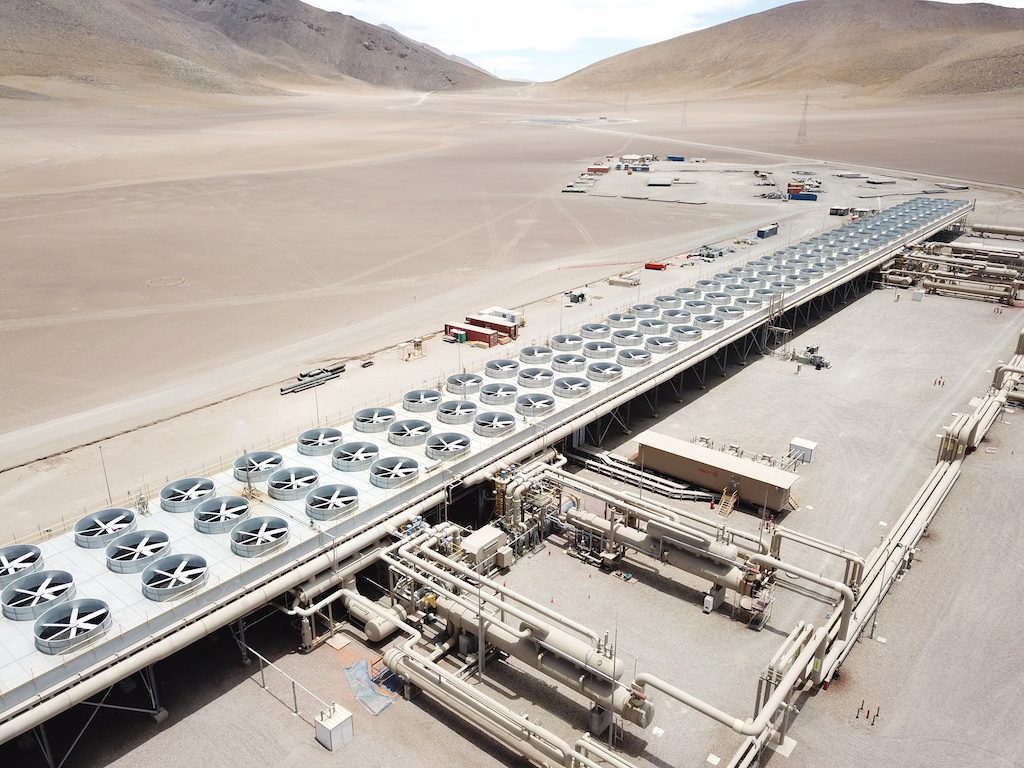
Working with the Interamerican Development Bank, I am proud to say that we are promoting geothermal in South America and the Caribbean in various ways, beyond power generation: for heating and cooling, industrial uses, and the production of green hydrogen (or green ammonia) from the many underutilized or “stranded” resources in those regions.
Europe also has significant additional heating potential, and considering the current geopolitics, geothermal has a very important domestic role to play. The geothermal power potential in Italy is significant, as it is in Turkey and Croatia, where new rounds of incentives are supporting the only remaining baseload renewable. Elsewhere in Europe there are many deep basin geothermal plays ongoing, with much more geothermal potential remaining in Europe’s sedimentary domains.
In Asia, geothermal opportunities abound. There is a huge decarbonization opportunity in China, primarily in district heating, which is being adopted quickly and at scale. And of course, Thailand, Malaysia, Indonesia, The Philippines, Taiwan and Japan have many more geothermal resources to develop.
This is why I’m hopeful for an order of magnitude increase by 2035. For as long as I am able, I will continue to promote the wholesale utilization of geothermal, the natural energy of our earth. Why? Because we must do something different—something better—for future generations. The earth has what we need— let’s use it wisely.
